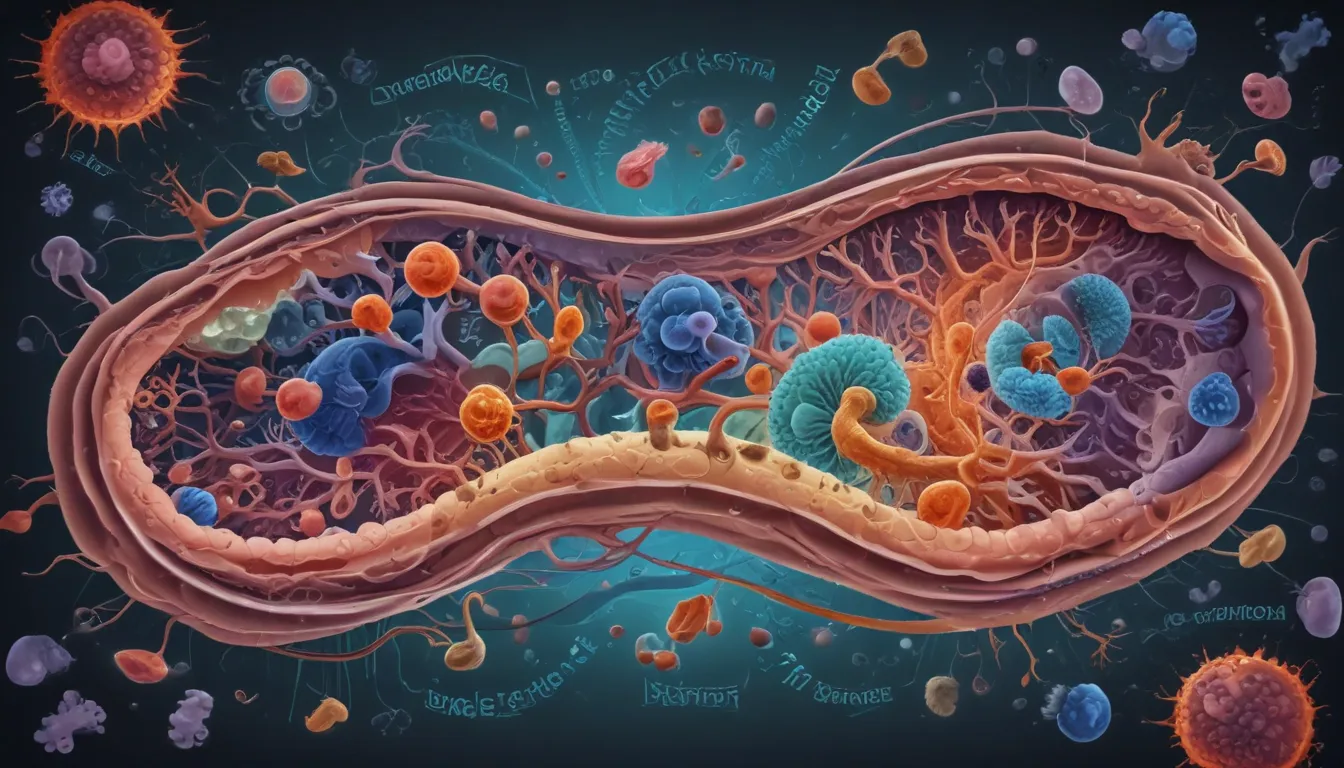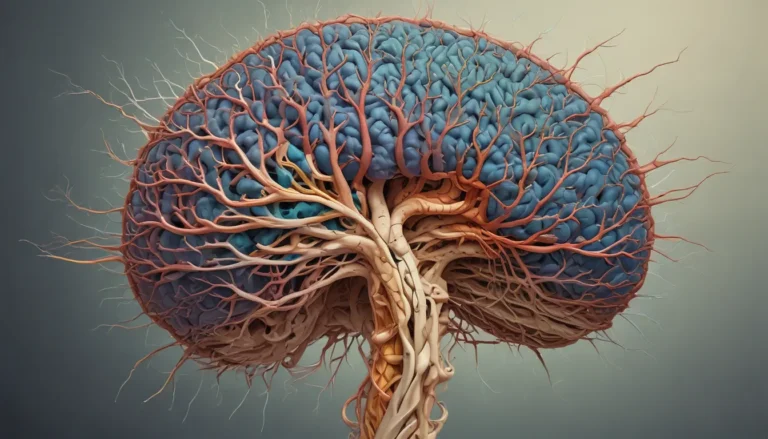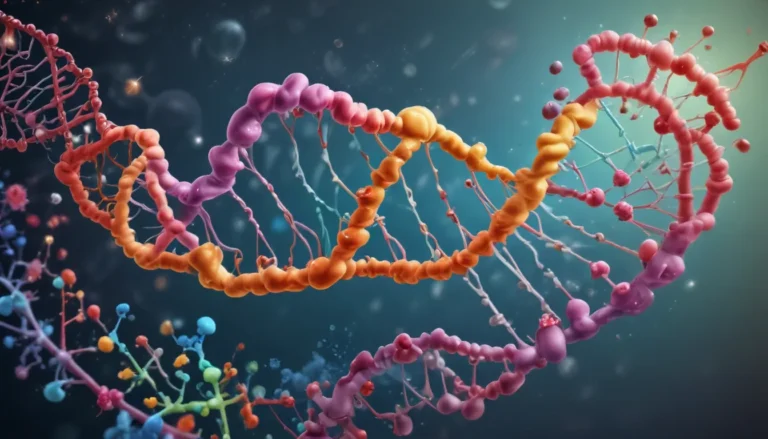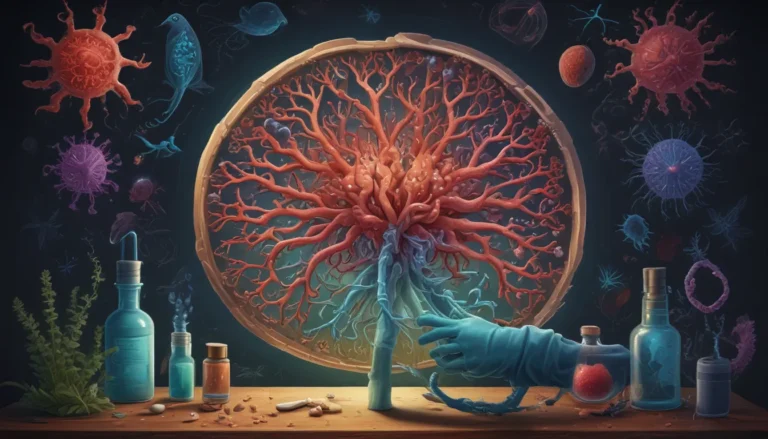A Note About Images: The images used in our articles are for illustration purposes only and may not exactly match the content. They are meant to engage readers, but the text should be relied upon for accurate information.
Welcome to the captivating world of cell respiration, a fundamental process that fuels life within every organism. From the tiniest single-celled microorganisms to complex beings like humans, cell respiration powers our cells and keeps us alive. In this article, we will delve into fascinating facts about cell respiration, offering you a deeper insight into this vital biological mechanism.
Key Takeaways:
- Cell respiration is the process that converts nutrients into energy for living cells, and it can occur with or without oxygen, impacting both plants and animals. – ATP, the energy currency of cells, is produced during cell respiration and used for various cellular functions, highlighting the significance of this vital process in sustaining life.
Cell Respiration Unveiled
At the core of every living cell lies the essential process of cell respiration. It is the biochemical pathway that transforms the energy stored in nutrients into usable energy in the form of ATP.
Unveiling the First Step: Glycolysis
Embark on the journey of cell respiration with glycolysis, the initial step in converting glucose into pyruvate. This intricate process unfolds in the cytoplasm and produces a modest amount of ATP to kickstart energy production.
The Krebs Cycle: A Generator of Energy
Venture further into the mitochondria, where the pyruvate enters the Krebs cycle to generate energy through a series of chemical reactions. Witness the magic unfold as more ATP is produced, fueling the cells with vitality.
Embracing the Electron Transport Chain
Experience the grand finale of cell respiration as the electron transport chain comes alive in the inner mitochondrial membrane. Marvel at the transfer of electrons, culminating in the generation of a substantial amount of ATP to power the cells.
Embracing the Oxygen Connection
Discover the vital link between oxygen and aerobic respiration, the most efficient form of cell respiration. Witness how oxygen enables cells to produce a higher yield of ATP, essential for sustaining life.
Unveiling Anaerobic Respiration
In the absence of oxygen, witness the marvel of anaerobic respiration, also known as fermentation. Explore how cells produce ATP through glycolysis without the need for the Krebs cycle or electron transport chain.
Encompassing All Life Forms: Plants and Animals
Celebrate the universality of cell respiration as it thrives not only in animals but also in plants. Delve into the realm of plant respiration, generating energy for growth and vital cellular activities.
Connecting the Dots: Cell Respiration and Photosynthesis
Unravel the intricate connection between cell respiration and photosynthesis. Appreciate the symbiotic relationship where oxygen from photosynthesis fuels respiration, while carbon dioxide from respiration nourishes plants during photosynthesis.
The Radiance of Heat Release
Witness the warmth of cell respiration through its exothermic nature, releasing heat as a valuable byproduct. Embrace the essential role of this warmth in regulating body temperature and sustaining physiological processes.
Regulate and Thrive
Explore the intricate balance of regulating cell respiration. Delve into the factors influencing its rate, such as hormone levels, substrate availability, and cellular demands, ensuring the optimal production of energy.
Aerobic vs. Anaerobic Respiration
Embark on a journey through the realms of aerobic and anaerobic respiration. Discover the efficiency of aerobic respiration in yielding more ATP, contrasted with anaerobic respiration as a temporary energy source in the absence of oxygen.
ATP: The Engine of Cellular Life
Embrace the significance of ATP, the energy currency of cells. Witness its production during cell respiration and marvel at its role in powering functions like muscle contraction, active transport, and protein synthesis.
Conclusion
In the intricate tapestry of biological processes, cell respiration shines as a beacon of life, fueling cellular activities and sustaining organisms. Through glucose, oxygen, and ATP, cells orchestrate a symphony of energy production essential for growth, maintenance, and vitality. As we unravel the mysteries of cell respiration, we gain profound insights into the functioning of living organisms and its implications across diverse fields.
FAQs
Why is cell respiration important?
It is crucial for providing the energy cells require for growth, movement, and maintaining homeostasis.
Where does cell respiration occur?
Cell respiration occurs in the mitochondria of eukaryotic cells and in the cytoplasm of prokaryotic cells.
How does cell respiration differ from photosynthesis?
Cell respiration breaks down glucose for energy, while photosynthesis converts sunlight into glucose in plants.
Can cell respiration occur without oxygen?
Yes, anaerobic respiration produces less ATP without oxygen and is a temporary energy source.
How does exercise affect cell respiration?
Exercise increases energy demand, prompting elevated cell respiration rates to produce more ATP.
What happens to the products of cell respiration?
Carbon dioxide and water are released as waste products, with carbon dioxide exhaled and water used or excreted.
Can cell respiration occur in plants?
Yes, plants undergo cell respiration alongside photosynthesis, especially during low light conditions.
Keep Exploring the Wonders of Cell Respiration
There is a vast landscape of intricate processes yet to uncover within the realm of cellular respiration. Delve into the mysteries of anaerobic respiration, where energy is harnessed without oxygen. Unravel the secrets of the Krebs cycle, a pivotal step in energy production, and explore the surprising facts surrounding glycolysis, the foundation of respiration. Each facet of this fascinating process illuminates the vitality within our cells, driving them forward with boundless energy. So why not continue your exploration through the captivating world of cell respiration, unlocking its wonders one discovery at a time?





